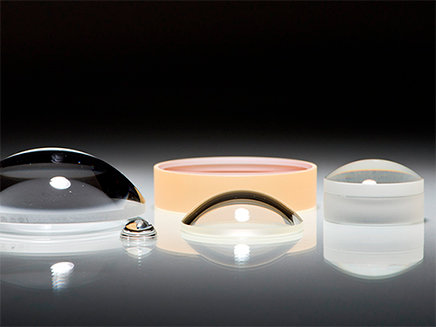Fiber Optic Cable Testing Best Practices and devices used in it.
Testing of the fiber optic networks is an extremely important step for the installation process of the fiber optics, as well as going maintenance. Given below are some best practices that will lead to safer, more efficient, and more reliable fiber deployment and network activation. The optical components manufacturer and thin film optical coating company produces products that are highly effective just like pfg optics.

Tips for better Optical Testing
- One can not avoid the cleaning and testing process during the installation of the fiber optics. One can use a fiber-optic microscope to perform the testing of the fiber optic in order to verify the cleanliness of the connecting ferrules and core. For common interfaces such as MPO and PON, one can use automated inspection tools. Special cleaning materials are recommended for the proper cleaning of fiber optic connections. The cleanliness of the reference cables and test equipment connections should also be maintained.
- While using a Visual Fault Locator (VFL) fiber tester to locate the fault, maintaining the safety of the eyes is extremely important. Since the VFL uses a high-intensity laser light source, neither the source nor the fiber core illuminated by the VFL should be directly observed with the naked eye.
- The use of a power meter and a source of optical light or an OLTS (Optical Loss Test Set), is considered a very good practice of fiber test which makes sure that the optical power budget does do not exceed the design specifications. The use of an optical light source (OLS) which is calibrated or adjusted is done in conjunction with an optical power meter (OPM) to quantify the insertion loss of a link prior to turn-up. An OTDR is the most suggested fiber optic test tool to detail baseline and records the characteristics of the fiber link.
- The main aim of an OTDR is to detect, measure, and find events at any location on a fiber link. Information of the location which is related to reflected events and localized damage is generated, providing technicians with a pictorial and permanent record of the characteristics of the fiber. Launch cables should be used while using an OTDR to qualify the far-end and front-end connectors. The use of a launch cable is done as a connection between a tester and the fiber under test, and the receiving cable is connected at the far end of the fiber link. It is highly important to ensure that the fiber cable which is used in receiving and launching the cable should be the same as that of the fiber cable which is being tested.













